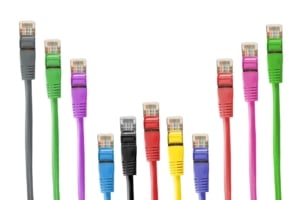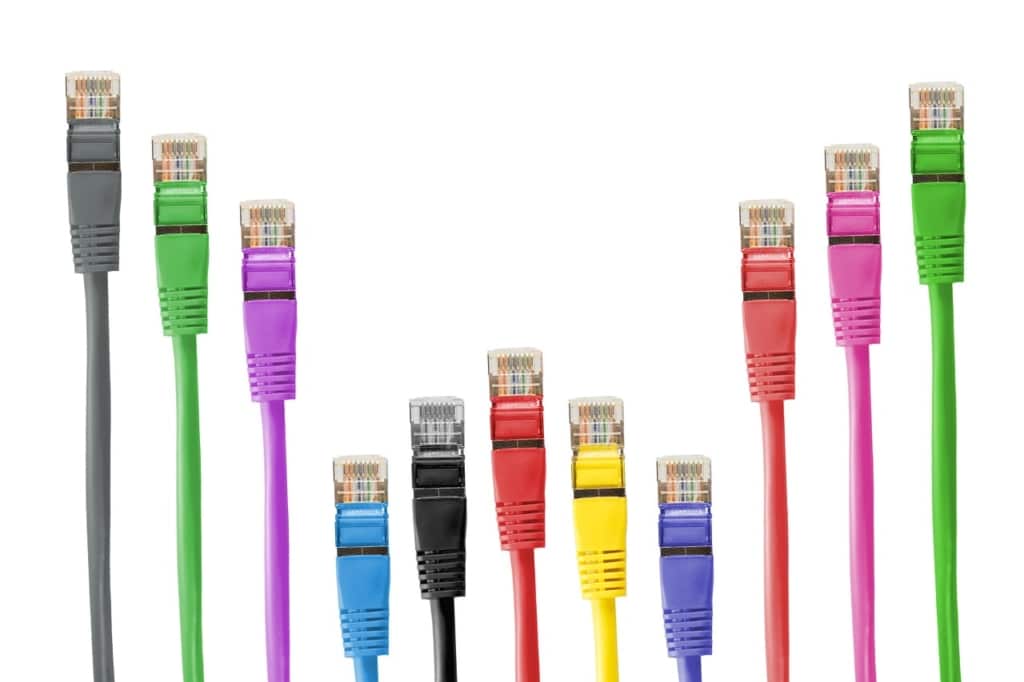
Cables can be divided as follows:
-
according to the design (optical, electrical),
-
after this Signalthat they transmit (analogue, digital),
-
according to the function they fulfill (S-Video, iLink, measuring cable...),
-
etc.
Below I attempt a practical subdivision in relation to HiFi. A comment on digital cables right here: Although all cables only transmit analog signals, these are often interpreted digitally and this is how the term "digital cable" or "digital connection" came about.
Cable types overview:
Analog Low Frequency Cables:
-
Speaker Cables
Analog high-frequency cables:
-
-
TV picture signal cable, e.g. B. S-Video cable, YUV-Cable
-
-
HF cable, e.g. B. Antenna cable
Cables for the transmission of digital signals:
-
-
Optical cables for the Connection of devices with SPDIF interfaces
-
-
Coax cable: e.g. B. Cinch cable for connecting devices with SPDIF interfaces
data cable:
-
-
Cable for IEE1394 connections, e.g. B. Firewire or iLink
-
-
-
Cable for RS232 connections, e.g. B. serial port on the PC
-
-
Cable for Ethernet connections
To further understand the frequencies involved here:
-
-
audible tones: 20 Hz to 20.000 Hz
-
-
-
HDMI 5 GHz
-
-
-
Antenna signals terrestrial 47 MHz to 860 MHz, satellite over 10 GHz
-
-
-
I can't find any reliable sources for the digital signals. You can't just go there bitrate = set frequency, I use factor 2:
-
-
-
SPDIF (approx. 3 MBit/second) 6 MHz
-
-
-
Firewire IEE1394 (400 MBit/second) 800 MHz
-
-
100 MBit/s network with RJ45 and Cat5 cable: 200 MHz
What problems can be expected with cables?
-
-
Cables swallow part of the signal, so that what you put in at the beginning doesn't come out at the end, keyword attenuation, frequency drop
-
-
-
In addition, cables can falsify the signal (reflections and superimpositions), keyword characteristic impedance
-
-
-
Outside effects are more or less shielded
-
-
Effects from within: several signal lines influence each other. These effects are both frequency-dependent (usually: higher frequency means more loss) and length-dependent (the longer the greater the cable losses) as well as material-dependent (design and materials used)
This is all very general, so I would now like to go into a few concrete examples of how these cable problems affect you.
Frequency drop:
This describes the fact that a cable weakens a signal.
frequency range of a cable:
An analog cinch cable transmits a frequency range from DC voltage (0 Hz) to cutoff frequency f. The cut-off frequency f is the frequency at which the output signal falls to half level is attenuated, ie 3 dB. At even higher frequencies, the output signal is even smaller.

